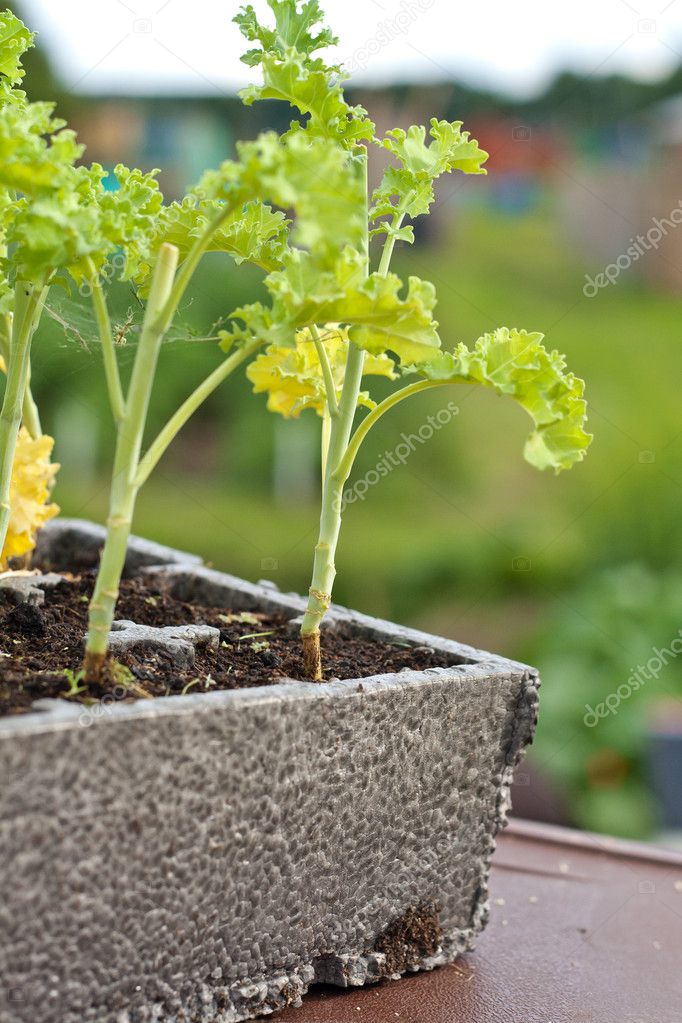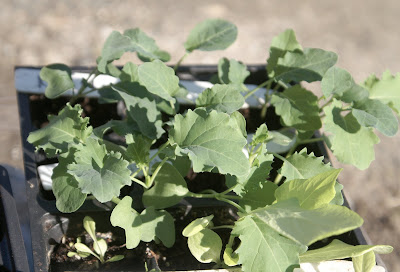
Kale of all sorts grow under grow lights for 16 hours per day.ĭon’t give up, gardenerds. Lab soil tests solve the mystery in most cases. We’ve had clients who purchased soil and seedlings mixes that tested excessively high in potassium and other elements that stunted growth. If none of these tips work, check your planting medium. Water again with kelp emulsion two weeks later. This will help carry them along their next stage of growth. Water with kelp emulsion (and fish emulsion if you use it) to keep plants happy until you transplant them up to 4″ pots.įeed them Again – when you transplant seedlings to 4″ pots to continue growing a few more weeks, mix compost and worm castings into the potting soil. Even if you add worm castings or compost to your seedling mix before starting seeds, the plants will use up those nutrients within a couple weeks of sprouting and will need more food before long. So you must feed your babies as they grow. If your seedlings sit in a swamp (especially if you see moss start to grow) they will not perform well.įeed the Babies – seed starting mix is almost always comprised of peat moss or coir and perlite, neither of which have any nutrient content. Allow seed trays to dry down a bit before adding more water. Roots need oxygen in order to process nutrients and to grow.
#KALE SEEDLINGS FALLING OVER HOW TO#
Here are 15 of the most common issues and how to address them.

If we become overzealous with watering, plants become unhappy in this condition we call “wet feet”. If you’re worried about an unsuccessful crop of kale, you’re not alone there are a host of reasons why your kale might fail. Over Watering – Seed trays are often designed with a water reservoir that situates roots in direct contact with water as they grow. While it can be a mystery as to why this happens, here are a few things to check: Sometimes seedlings stop growing or hardly grow at all from the get-go. Run it for 10-15 minutes per day to fortify stems against the wind.
#KALE SEEDLINGS FALLING OVER INSTALL#
Blow on your seedlings every day, or install an oscillating fan. It can be grown in early spring and in mid to late autumn.

Make it Windy – plants also need a little stress to develop strong stems. by Stephen Albert Facebook Tweet Pin Kale is a hardy cool-weather crop.

Anything further away will cause legginess as the plants reach for the light source. Location is Everything – grow lights should sit no more than 3″ above the leaves of seedlings. If you leave the lights on all the time, it messes with plants’ circadian rhythm and can stunt growth as well. Plants need darkness to restore, just like we do. So it doesn’t matter if we’re home or not.ĭarkness is also Important. We use a vacation lamp timer to turn our lights on at 6 a.m. Because grow lights don’t replicate the sun’s rays completely, it’s important to leave grow lights on long enough to do the sun’s job in an artificial environment. Timing–or rather–time, is everything when it comes to grow lights. Photo courtesy of Sarah The Gardener in NZ. Spindly Seedlings Long stems with big spaces between leaf sets is an indicator of legginess. Let’s address the first issue: spindly seedlings. The other gardenerd said her seedlings were just not growing. One gardenerd said her seedlings were still leggy, even though she situated the grow light 2-3″ above the leaves. Additionally, avoid plants that attract pests to your kale plants such as tomatoes.This week we received two questions about the same problem: spindly or stunted seedlings under grow lights. Strawberries will hinder the growth of kale and other brassicas when closely planted. Other plants that are helpful to kale include beets, celery, cucumbers, spinach, and potatoes.ĭo not plant kale next to other brassicas like cabbage, brussels sprouts, broccoli, cauliflower, and mustards as they will compete for the same nutrients. Beans and peas are “nitrogen fixers” which help kale plants to develop big healthy leaves by adding nitrogen back to the soil however, beans also attract certain kale pests and should be companion planted with kale sparingly. Companions like cilantro, dill, and buckwheat help to attract bugs that eat aphids and other pests.

The best companion plants for kale are plants that will repel kale pests, attract predators that eat kale pests, plants that add nitrogen to the soil, and plants that act as cover crops to help keep the soil moist.Ĭompanion plants that help to repel kale pests include herbs, onions and alliums, nasturtiums, and marigolds. While kale doesn’t necessarily need companion plants to thrive, there are definitely some plants that help kale more than others.


 0 kommentar(er)
0 kommentar(er)
